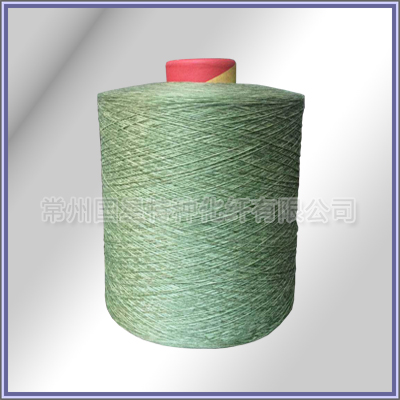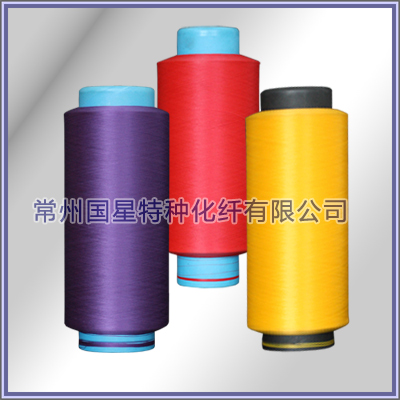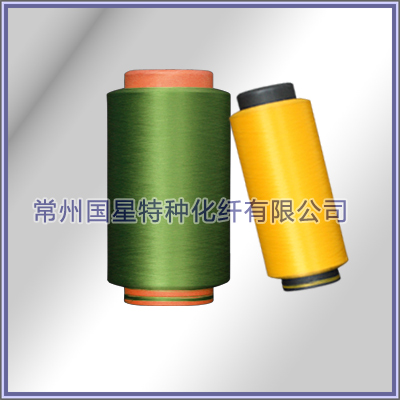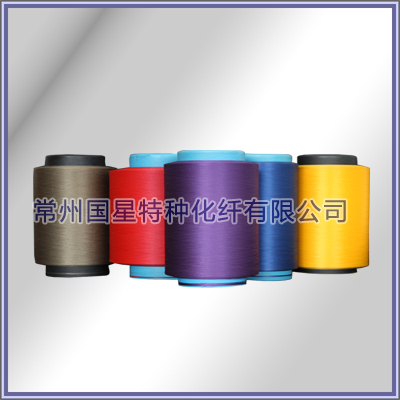The current fine-denier polypropylene market is still hot, but the quality of fine-denier polypropylene yarns of various manufacturers is mixed. Many consumers do not know how to choose high-quality polypropylene yarns and how to choose them?
As we all know, in the inspection of yarn quality indicators, the appearance of quality has always been the top priority, in addition to the specifications of the yarn itself, the color, feel, gloss and the surface of the yarn are also selected for fine denier polypropylene yarn The essential. We often say that there are many kinds of enamel on the surface of the yarn, which is what we often call "the veils." When selecting fine-denier polypropylene yarns, the visual appearance method is generally adopted, and the polypropylene yarns whose quality is not good may have problems such as white stars, sorghum, and cross-over.
White star refers to the appearance of white irregular ball on the polypropylene yarn. The phenomenon of sorghum is not easy to find in the pure color polypropylene yarn, and it needs to be obvious after dyeing. Crossing refers to the appearance of irregular patterns on the surface of the yarn. The problem that arises above is the selection of the elements of the yarn.
The following briefly describes the characteristics of conventional polypropylene yarns:
Fiber type: bundled monofilament
Density: 0.91g/m
Fiber fineness: 30D��300D
Melting point: 165 �� C - 175 �� C
Breaking strength: ��350Mpa
Flash point: 590 �� C
Breakage rate: 15%-20%
Fiber specification: 3-60mm
Modulus of elasticity: ��3500Mpa
Acid and alkali resistance: strong
Section shape: O type or Y type
Water absorption: 0.1%
When selecting fine denier polypropylene yarns, if the appearance quality meets the standard and there is no yarn defect, refer to the general chemical properties of the polypropylene yarns indicated in the above list.

 +86-519-86266888
+86-519-86266888 gxhx888@126.com
gxhx888@126.com



